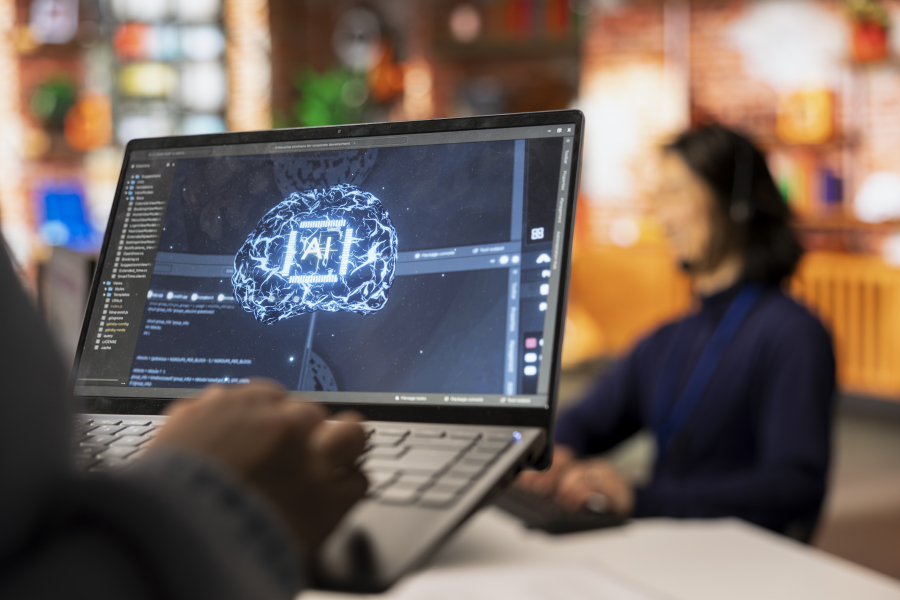Best Freelance Tools for Sustainable Architecture
Sustainable architecture is no longer a niche — it’s a necessity. For freelancers working in the field of green design and sustainable building, having the right set of tools can significantly boost both creativity and efficiency. From energy modeling software to eco-friendly project management platforms, the right tools can support your journey to creating impactful, environmentally conscious designs. This article will explore the best freelance tools available for sustainable architecture professionals.
Long Description:
Why Freelancers Need Specialized Tools for Sustainable Architecture
Freelancers in architecture face unique challenges: limited resources, solo decision-making, and tight timelines. When sustainability is added to the equation, the complexity increases. However, the right tools can simplify energy modeling, life cycle analysis, material selection, and collaboration with clients and engineers.
Choosing software that aligns with sustainability principles not only helps create eco-conscious buildings but also elevates your brand as a responsible freelancer. Let’s break down the best tools across different categories.
1. Design & Modeling Tools
a. SketchUp + Sefaira
SketchUp is a go-to tool for many architects due to its simplicity and extensive plugin ecosystem. Sefaira, a plugin for SketchUp, enables energy analysis and daylight modeling directly from the design.
Benefits:
Real-time feedback on energy usage
Solar gain and shading insights
Easy to learn for freelancers with limited time
b. Revit + Insight
Autodesk Revit is widely used for BIM (Building Information Modeling), and its integration with Insight allows for sustainable performance analysis.
Benefits:
Accurate energy simulations
Visual environmental impact insights
Integrates with LEED and other green certifications
2. Energy & Environmental Analysis
a. DesignBuilder
This software is ideal for energy simulation, daylighting, airflow, and more.
Benefits:
Detailed building performance simulations
Cost analysis tied to energy use
Compliance with multiple global standards
b. OpenStudio
An open-source platform that supports whole-building energy modeling.
Benefits:
Budget-friendly for freelancers
Community-supported and highly customizable
Works well with EnergyPlus and Radiance
3. Project Management & Collaboration
a. Trello or Notion
Freelancers need to stay organized when managing multiple stakeholders and eco-certification requirements.
Benefits:
Task tracking and deadlines
Visual workflow boards for sustainable design stages
Centralized collaboration with clients
b. Asana (with integrations)
Asana allows detailed planning, communication, and file sharing.
Benefits:
Great for remote collaboration
Timeline features for construction phases
Integrates with Slack, Google Drive, and BIM tools
4. Material Selection Tools
a. EC3 (Embodied Carbon in Construction Calculator)
Developed by Building Transparency, this tool helps you select materials with lower embodied carbon.
Benefits:
Compares material impacts in real time
Excellent for freelancers involved in renovation or material sourcing
Promotes accountability and green material use
b. GreenSpec
A detailed database of sustainable construction products.
Benefits:
Third-party verified green products
Ideal for specifying eco-friendly materials in drawings and contracts
Regularly updated and easy to search
5. Documentation & Reporting
a. One Click LCA
This is a comprehensive platform for Life Cycle Assessment (LCA), carbon footprint calculations, and certification support.
Benefits:
Automatic integration with BIM software
Helps with LEED, BREEAM, and other certifications
Automates much of the reporting process
b. ArchiCAD EcoDesigner STAR
Built for passive and energy-efficient design documentation.
Benefits:
Precise reports on building performance
Integration into your existing design flow
Used widely in European green building markets
6. Learning & Certification Tools
a. LinkedIn Learning / Coursera – Green Design Courses
Continuous education is crucial, especially in a fast-evolving space like sustainable architecture.
Benefits:
Affordable courses for freelancers
Up-to-date with global trends and policies
Helps freelancers stay ahead of competition
b. Autodesk University
Offers free and paid courses on green design and BIM sustainability workflows.
How to Choose the Right Tools as a Freelancer
When choosing tools, freelancers should ask:
Does this improve project efficiency or reduce cost?
Can it help achieve green building certifications?
Is it easy to integrate into my workflow or BIM process?
Consider starting with a trial version or open-source platform, then scale up as your projects demand more capabilities.
Conclusion
Freelancing in sustainable architecture requires a blend of creativity, technical skills, and smart tooling. With the right set of freelance tools — from BIM modeling and LCA analysis to eco-product databases and client management platforms — you can streamline your workflow while making a real difference. Embracing sustainability not only future-proofs your services but also aligns your brand with the global shift toward responsible, eco-conscious design.


 by Emily
by Emily




